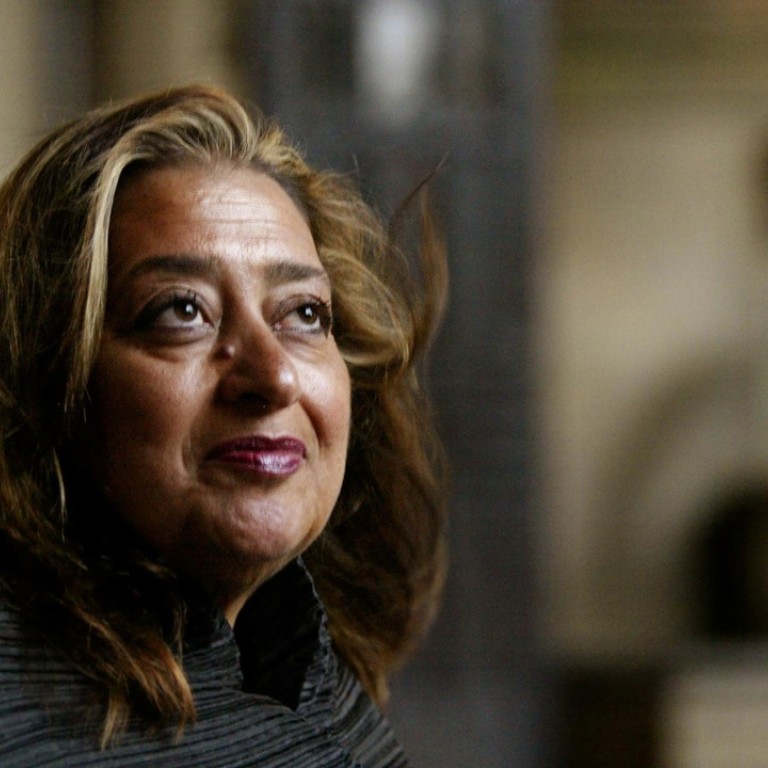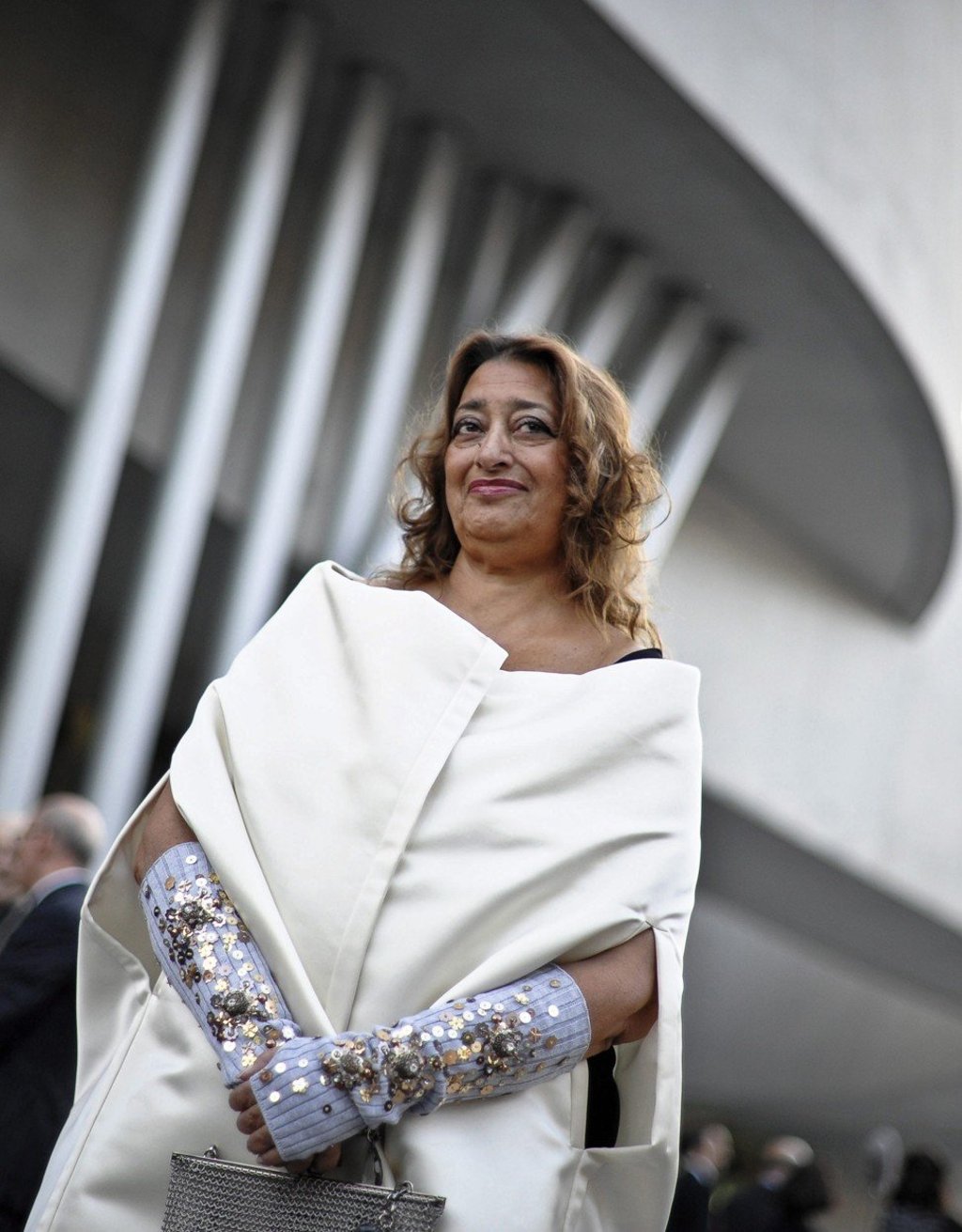13 best works from Zaha Hadid, who won architecture’s biggest prize 13 years ago

The most memorable works from the ‘Queen of the Curve’
The late architect Zaha Hadid — known as the “Queen of the Curve” for the modern, curving designs of her buildings — had a legendary career.
The Iraqi-born British architect became the first woman to win the Pritzker Architecture Prize (the Nobel Prize of her field) in 2004. She also received numerous other awards and honours, including being named a Dame Commander of the Order of the British Empire (DME) in 2012 and earning the Royal Institute of British Architects Gold Medal in 2015 — the first ever given to a woman.

Hadid designed everything from a metro station in Saudi Arabia, to the aquatics centre for the 2012 London Olympics, to a city centre in downtown Belgrade — all in her signature flowing style.
One of the last buildings she designed will be completed in New York City this summer. It’s an 11-story condominium made of steel and glass, and it incorporates a unique curvy chevron pattern.
Hadid died in a Miami hospital in 2016 after suffering a heart attack. Google is honouring her Wednesday with a Google Doodle on its homepage and a retrospective of her work.
Click through to see how her style evolved over time, and remember the artist through the body of work she left behind all over the world.
Completed in 2003, the Rosenthal Center for Contemporary Art in Cincinnati was Hadid’s first project in the US. It was a huge critical success.

After the success of the Rosenthal Center, Hadid was hired for several other projects. The BMW Central Building in Leipzig, Germany was among the first. It was completed in May 2005.